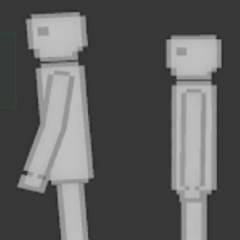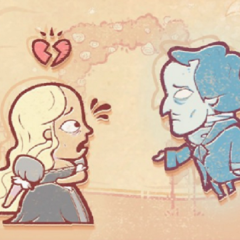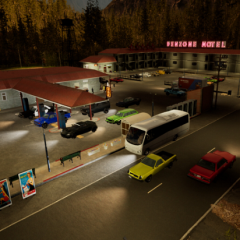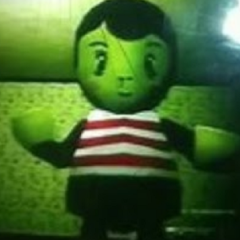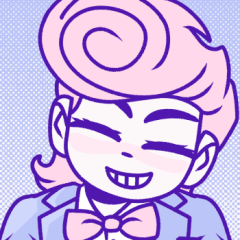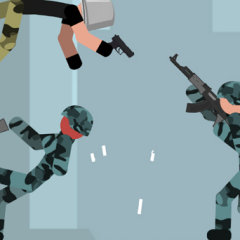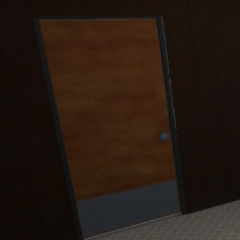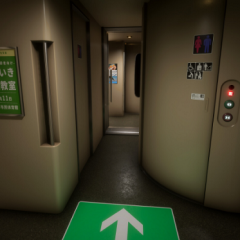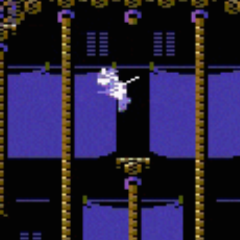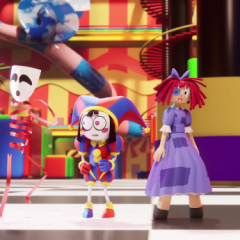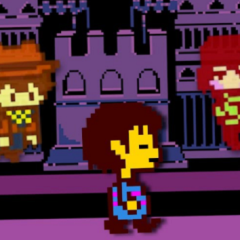Lacey’s Wardrobe: Legacy presents itself as a dress-up game where players guide Lacey through various situations by selecting her outfits. Each clothing item—be it formal wear, casual attire, or something more eccentric—triggers specific scene variations and short, muted character expressions. The act of dressing isn’t just for appearance; it influences what appears around her. Colors, posture, and even camera framing subtly shift depending on what the player selects, suggesting a world that’s more reactive than expected.
Environmental Distortions and Quiet Discomfort
As more outfits are unlocked, the settings begin to behave irregularly. Backgrounds might flicker, character animations may loop strangely, or once-muted soundtracks might reverse or distort. Though never directly explained, the game slowly disconnects from its original tone, with outfit combinations affecting more than just Lacey’s look. These changes are never confirmed in dialogue or menus—they must be noticed by the player through repetition, and they hint at a narrative that runs beneath the surface of the wardrobe mechanic.
Minimalist Style and Interpretive Design
The visuals in Lacey’s Wardrobe: Legacy are clean and static, built around a flat-color aesthetic that puts all focus on Lacey and her surroundings. There’s no dialogue, no scoring system, and no visible progression bar. Yet the game creates an atmosphere of increasing unease through visual cues and shifting audio textures. It becomes clear that the wardrobe is a customization tool and a lens through which the player uncovers an environment that resists being fully understood. The experience relies on observation and interpretation, rewarding those who pay attention to what feels slightly off.






